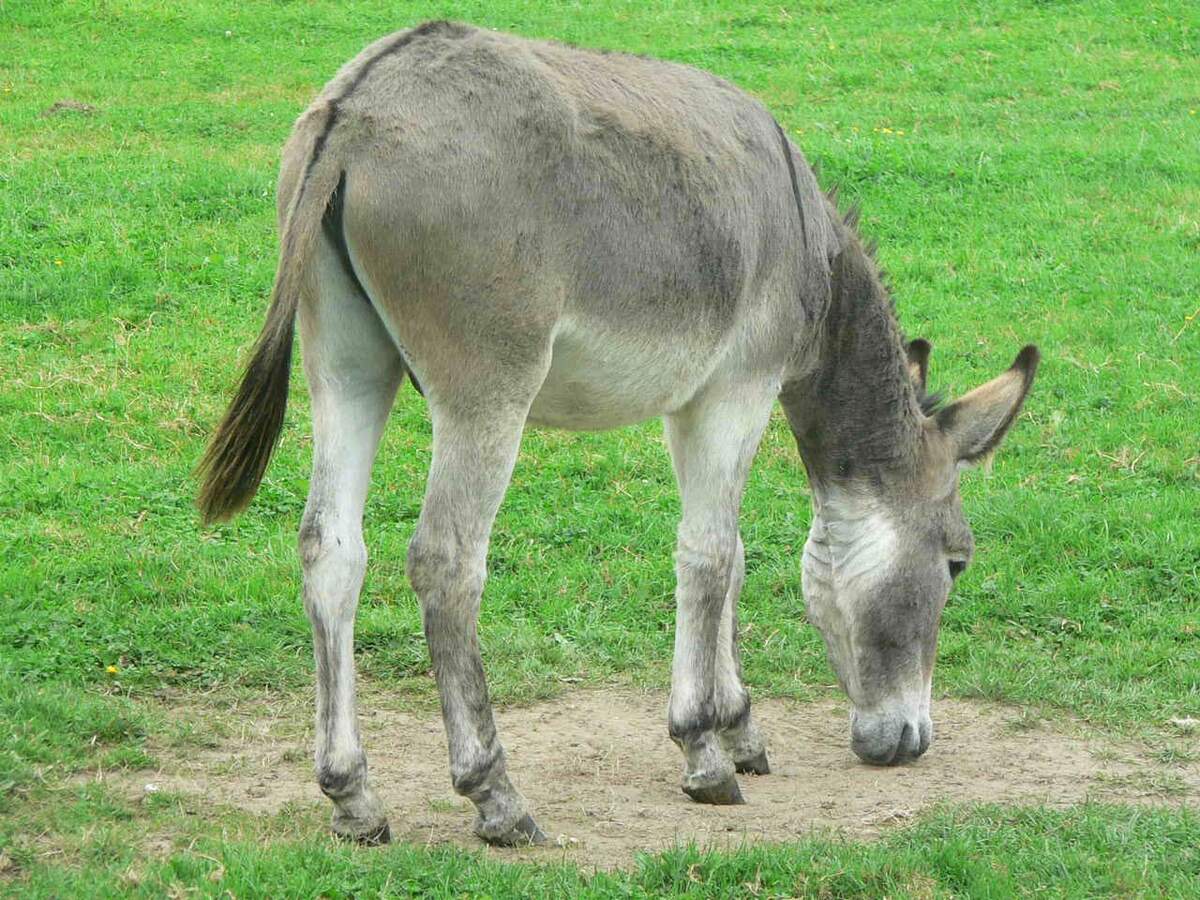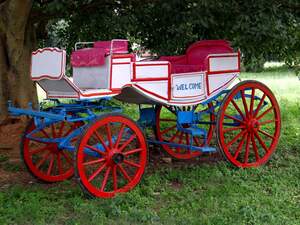

National Mule Day
Also known as
Mule Day U.S.A.
National Mule Appreciation Day
Observed
annually on October 26th
Dates
Hashtags
Sources
https://www.amazon.com/dp/1598888587?tag=checkiday08-20
https://www.horseillustrated.com/horse-news-2009-10-26-mule-day
https://www.anrdoezrs.net/links/100298379/type/dlg/https://www.newspapers.com/image/149424189/
https://www.anrdoezrs.net/links/100298379/type/dlg/https://www.newspapers.com/image/154974981/
https://www.anrdoezrs.net/links/100298379/type/dlg/https://www.newspapers.com/image/489137449/
https://www.anrdoezrs.net/links/100298379/type/dlg/https://www.newspapers.com/image/539344799/
https://www.nytimes.com/1985/03/01/opinion/l-the-mule-will-not-be-forgotten-oct-26-060737.html
https://www.washingtonpost.com/news/the-fix/wp/2014/11/11/happy-mule-appreciation-day-or-not/
https://www.worldanimalfoundation.com/farm-animals/mules/
National Mule Day celebrates mules, which are a cross between a male donkey and a female horse, and marks the anniversary of when the first Spanish donkeys arrived in the United States, which were the first donkeys used to breed mules in the country. It is unknown when the day began being celebrated. In 1985, following a petition with about 50,000 signatures encouraging a Congressional resolution, the US House of Representatives adopted a resolution put forth by Representative Jim Cooper of Tennessee that designated October 26 as National Mule Appreciation Day, a day that had been spearheaded by the Lynchburg Mule Traders Association of Lynchburg, Tennessee, and their president, Roger Brashears, who came up with the idea for the day. The resolution was debated by the Senate Judiciary Committee but did not make it to the Senate floor. Despite not gaining the official sanctioning of the US government, citizens marked the day anyway. For example, contests and ceremonies were held in Lynchburg, the small mule-loving city that is also home to Jack Daniel's Distillery. Mule traders came from around the United States for mule shows and a mule sale.
October 26 was chosen for the holiday because it was on that date in 1785 when the first Spanish donkeys came to the United States, arriving in Boston as a gift from King Charles III of Spain. It was from these two donkeys that George Washington bred what were the first mules of their kind in the United States. Talk of a national holiday in 1985 was significant because it was the bicentennial year of the arrival of the donkeys. However, a day devoted to mules had already been listed in Chase's Annual Events on the date for 28 years, since the year they began publishing. William D. Chase, who was editor of the publication, wrote a letter to the editor of The New York Times saying such a holiday existed, which was called Mule Day U.S.A., and that even without the government's blessing, a holiday honoring mules and marking the anniversary of the arrival of the Spanish donkeys could be observed. Chase's Calendar of Events currently lists the holiday as National Mule Day.
A mule is a hybrid animal, the offspring of a male donkey (jack) and a female horse (mare). A similar animal is a hinny, which is the offspring of a female donkey and a male horse. Mules are almost always sterile because chromosomal pairing rarely happens when they attempt to mate since they have an odd number of chromosomes. A horse has 64 chromosomes and a donkey has 62, which leaves a mule with 63. The size and appearance of mules vary. They usually weigh between 820 and 1,000 pounds, and their size is usually dependent on the size of their mother. All kinds of horses are used to breed mules, with draft horses being used to breed heavyweight mules. The height, neck length, tail appearance, coloration, and hindquarters of a mule are characteristic of those of a horse, while their limbs, hooves, and manes are characteristic of donkeys. Mules bring together the best characteristics of donkeys and horses. They are stronger than donkeys and have more brains and patience than donkeys and horses. They can survive off less nutritious food, have more endurance, are more adaptable to extreme climates, are less prone to disease, and ultimately, have longer lifespans than their parents.
Mules were first bred in an area that is now part of Turkey, which was known as Paphlagonia, and then in ancient Egypt, Greece, and Rome, where they were used as pack animals. They were also associated with royalty and nobility in many early societies. Columbus brought donkeys and horses to the New World in 1495 and was the first to breed them there. Although mules were in the area that was the United States before 1785, it was on today's date in that year that Spanish donkeys arrived, and George Washington became the first mule breeder in the country by using them. Mules would go on to be used to pull the covered wagons of travelers heading west. They were used by work crews on railroad lines, worked in lumber camps and mines, pulled plows in fields, and carried ammunition in both World Wars. But with the advent of tractors and trucks, they started being used less as work animals. Yet, mule breeders still exist today, and some of the animals are still forced to work. Mules are also kept as pets, as pleasure riding animals and companions.
How to Observe National Mule Day
Here are some ideas on how you could mark the day:
- Visit some mules at a farm or zoo.
- Ride a mule. You could plan a trip to ride one on some trails in the United States.
- Support the American Mule Museum and learn more about the history of mules on their website.
- Watch a film that focuses on mules.
- Read a book about mules.
- Check out the American Mule Racing Association or Western Mule Magazine.
- Plan a trip to attend Mule Days or Hells Canyon Mule Days.





















